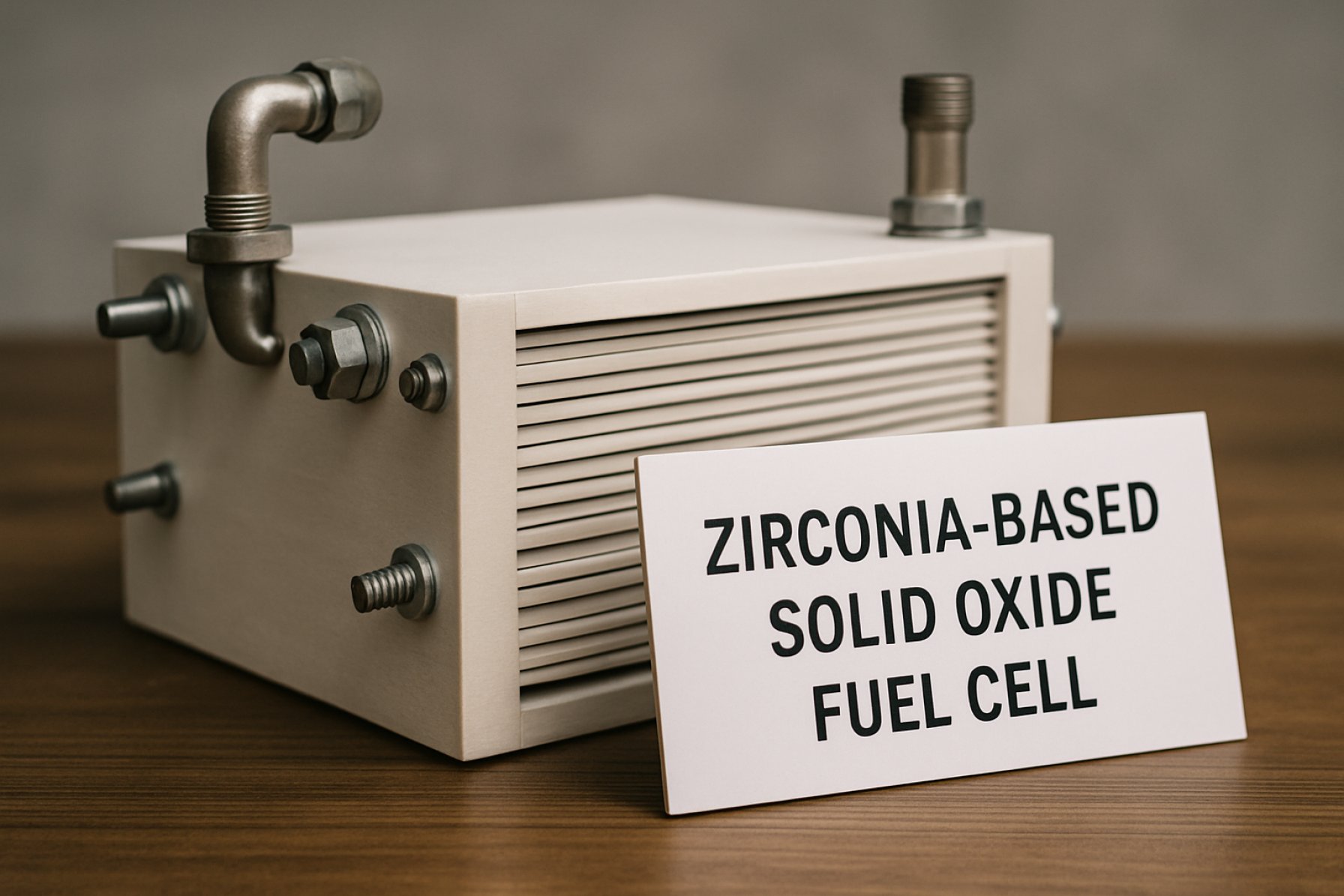Zirconia-Based SOFC Market Trends & Competitive Landscape: Innovations Driving Growth and Industry Dynamics
Key Ideas
- Zirconia-based SOFCs offer high efficiency and fuel flexibility, driving robust growth in the global market due to increasing clean energy demand and government support.
- Key players like Bloom Energy and Siemens Energy are investing in production scaling and durability enhancements, propelling market expansion.
- Technological trends such as advanced electrolyte engineering, composite materials, and system integration are shaping the evolution and commercialization of zirconia-based SOFCs.
- Despite challenges like high costs and manufacturing complexities, ongoing research into advanced materials and cost reduction strategies is enhancing competitiveness and expanding application areas.
Zirconia-based solid oxide fuel cells (SOFCs) are emerging as a critical segment within the advanced energy technology market. These cells utilize yttria-stabilized zirconia (YSZ) as a solid electrolyte, enabling high-efficiency, low-emission power generation. The global market for zirconia-based SOFCs is witnessing robust growth driven by increasing demand for clean energy solutions, advancements in material science, and supportive government policies focusing on decarbonization and energy security.
SOFCs using zirconia electrolytes operate at high temperatures, offering efficient fuel-to-electricity conversion and flexibility in fuel sources like hydrogen, natural gas, and biogas. They are particularly suitable for distributed power generation, combined heat and power (CHP) systems, and auxiliary power units in both stationary and mobile applications.
Key industry players such as Bloom Energy, Ceres Power, and Siemens Energy are actively investing in scaling up production and improving system durability, contributing to market growth. North America and Europe lead in deployment, supported by strong policy frameworks and investments in hydrogen infrastructure. The Asia-Pacific region, particularly Japan and South Korea, is also experiencing significant adoption due to government initiatives and integration into energy systems.
Despite challenges like high initial costs and complex manufacturing processes, ongoing research into advanced zirconia composites and cost-reduction strategies aims to enhance competitiveness. Technological trends such as advanced electrolyte engineering, composite materials, and system integration are accelerating the adoption of zirconia-based SOFCs, positioning them as a pivotal solution in the global transition to sustainable energy systems.
Topics
Fuel Cells
Industry Growth
Market Analysis
Competitive Landscape
Energy Technology
Technology Trends
Future Outlook
Regional Markets
Challenges And Opportunities
Latest News
